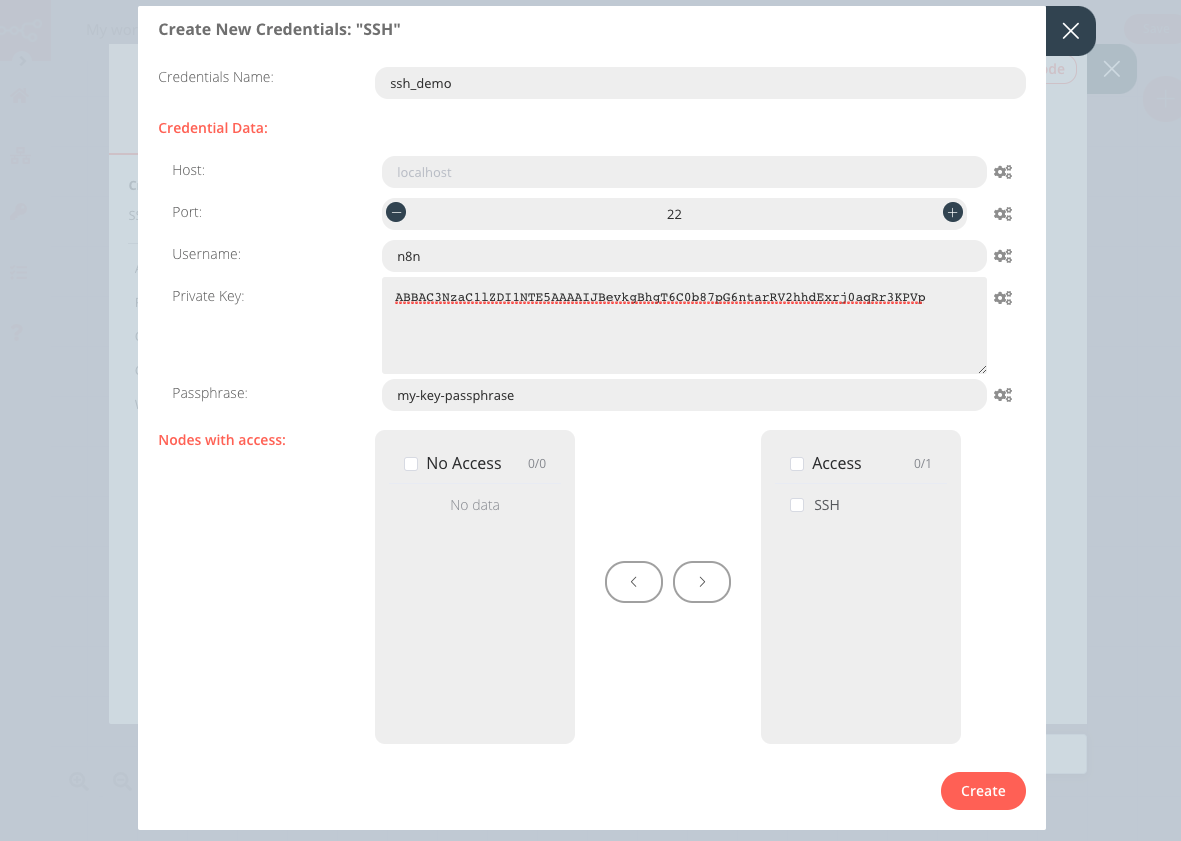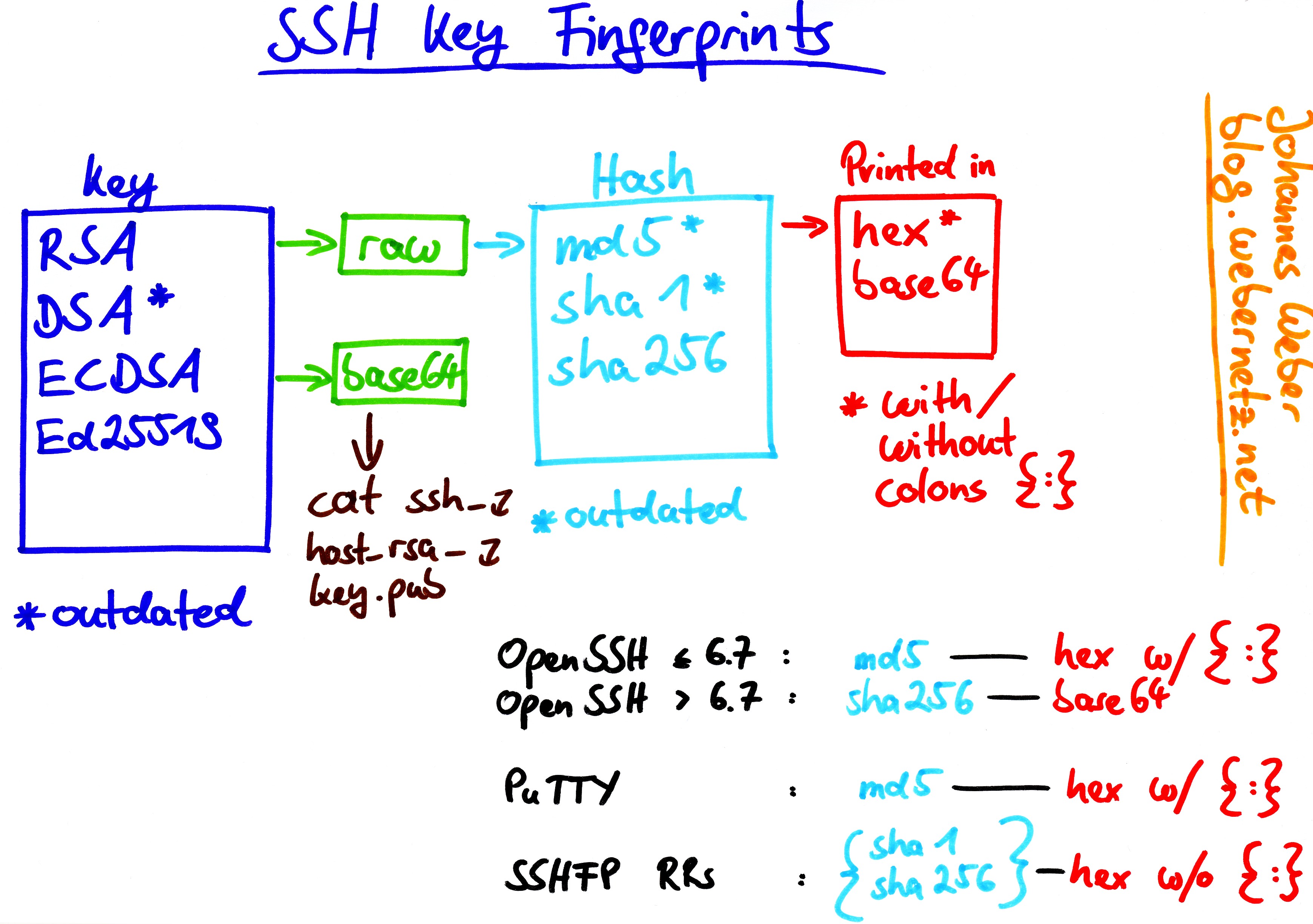RemoteIoT Platform SSH Key Not Working: Troubleshooting Guide For Remote Access
So, you've been working on your RemoteIoT platform, and all of a sudden, your SSH key just stops working. It’s frustrating, right? Like, one minute you're smoothly managing your devices, and the next, BAM! Access denied. Don’t worry—we’ve all been there. Whether you're a seasoned developer or just starting with IoT projects, SSH key issues can throw a wrench into your workflow. But don’t panic yet—we’ve got your back.
This problem is more common than you think, and it’s not just about the key itself. Sometimes, it’s the platform, the settings, or even tiny misconfigurations that cause the issue. The good news? Most of the time, it’s fixable with a bit of troubleshooting and some good ol' detective work. Think of it as a mystery waiting to be solved!
In this guide, we’ll dive deep into why your SSH key might not be working on the RemoteIoT platform and how you can fix it. We’ll cover everything from common mistakes to advanced solutions. So grab a coffee, sit back, and let’s get to the bottom of this SSH key drama!
Read also:The Real Camilla Nude Unveiling The Truth Behind The Sensation
Table of Contents
- What is SSH and Why Does It Matter?
- Common Issues When SSH Key Stops Working
- Step-by-Step Troubleshooting for SSH Keys
- Platform-Specific Configurations on RemoteIoT
- SSH Key Basics: Public vs Private Keys
- When Should You Regenerate SSH Keys?
- Best Practices for Managing SSH Keys
- Security Concerns and How to Address Them
- Alternatives to SSH for RemoteIoT
- Conclusion: Stay Safe and Keep Coding
What is SSH and Why Does It Matter?
Let’s start with the basics. SSH stands for Secure Shell, and it’s basically a protocol that lets you securely connect to a remote server or device. It’s like a secret handshake that ensures only authorized users can access sensitive data or systems. Without SSH, your IoT devices would be vulnerable to hackers, and no one wants that, right?
On the RemoteIoT platform, SSH is super important because it allows you to manage your devices remotely without worrying about someone snooping around. But when the SSH key stops working, it’s like losing the key to your house—it’s annoying, and you’re locked out!
Why SSH is Crucial for IoT Projects
IoT projects often involve multiple devices spread across different locations. SSH ensures that you can manage these devices securely from anywhere in the world. Think of it as the backbone of your remote management strategy. If your SSH key isn’t working, it’s like cutting off your access to the tools you need to keep your project running smoothly.
Common Issues When SSH Key Stops Working
Now, let’s talk about the elephant in the room—why does your SSH key stop working in the first place? There are several reasons this could happen, and identifying the root cause is key to fixing the issue. Here are some common culprits:
- Key Mismatch: The public key on the server doesn’t match the private key on your local machine.
- File Permissions: Incorrect file permissions on your SSH keys or config files can cause issues.
- Server Configuration: The server might have been reconfigured, and SSH settings were accidentally changed.
- Network Problems: Sometimes, it’s not the key—it’s the network. Firewalls or routing issues can block SSH connections.
- Platform Updates: If the RemoteIoT platform has been updated, there might be new requirements for SSH keys.
How to Diagnose SSH Key Issues
Before diving into solutions, it’s important to diagnose the problem properly. Use the following steps to identify what’s going wrong:
- Check the error message when you try to connect. It might give you clues about the issue.
- Verify that your SSH key is correctly added to the server.
- Test the connection from another machine to rule out local issues.
- Check the server logs for any errors related to SSH connections.
Step-by-Step Troubleshooting for SSH Keys
Alright, now that we know what might be causing the problem, let’s get down to business. Here’s a step-by-step guide to troubleshooting SSH key issues on the RemoteIoT platform:
Read also:Who Is Valerie De Leon The Inspiring Wife Of Nouman Ali Khan
Step 1: Verify Key Pairs
Make sure your public and private keys match. You can use the following command to check:
ssh-keygen -lf ~/.ssh/id_rsa.pub
This will display the fingerprint of your public key. Compare it with the key stored on the server to ensure they match.
Step 2: Check File Permissions
Incorrect file permissions are a common cause of SSH key issues. Make sure your SSH directory and keys have the correct permissions:
chmod 700 ~/.sshchmod 600 ~/.ssh/id_rsachmod 644 ~/.ssh/id_rsa.pub
Step 3: Test the Connection
Try connecting to the server using the verbose option to get more details about the connection process:
ssh -v user@server
This will show you exactly where the connection is failing, making it easier to pinpoint the issue.
Platform-Specific Configurations on RemoteIoT
Every platform has its quirks, and RemoteIoT is no exception. Here are some platform-specific configurations you should check:
Check RemoteIoT Settings
Log in to your RemoteIoT account and verify that your SSH key is correctly added to your devices. Sometimes, keys get deleted or replaced during updates, so double-check everything.
Stay Updated
Make sure your RemoteIoT platform is up to date. Updates often include security patches and bug fixes that can resolve SSH key issues. If you’re running an outdated version, consider upgrading to the latest release.
SSH Key Basics: Public vs Private Keys
Before we move on, let’s quickly recap the basics of SSH keys. There are two types of keys:
- Public Key: This is the key you share with the server. Think of it as a lock that only your private key can open.
- Private Key: This is the key you keep secret on your local machine. It’s like the key to your house—don’t lose it!
Understanding the difference between these two is crucial for troubleshooting SSH key issues.
When Should You Regenerate SSH Keys?
Sometimes, the best solution is to start fresh. If you’ve tried everything and the SSH key still isn’t working, consider regenerating your keys. Here’s how:
- Generate a new key pair using
ssh-keygen. - Add the new public key to your RemoteIoT account.
- Test the connection to ensure everything works.
Regenerating keys might seem drastic, but it’s a quick way to rule out key-related issues.
Best Practices for Managing SSH Keys
Managing SSH keys effectively can prevent a lot of headaches down the line. Here are some best practices to follow:
- Use strong, unique passwords for your private keys.
- Store your private keys securely and never share them.
- Regularly review and rotate your SSH keys to maintain security.
- Limit access to your SSH keys by setting proper file permissions.
Key Management Tools
Consider using key management tools like SSH Agent or Keychain to simplify the process. These tools can help you manage multiple keys and ensure they’re always available when you need them.
Security Concerns and How to Address Them
Security is always a top priority when working with SSH keys. Here are some common security concerns and how to address them:
- Key Exposure: Protect your private keys from unauthorized access by storing them securely.
- Brute Force Attacks: Use rate limiting and fail2ban to prevent brute force attacks on your SSH server.
- Outdated Protocols: Ensure your SSH server is using the latest, most secure protocols.
Encryption Best Practices
Always use strong encryption algorithms for your SSH keys. Avoid outdated algorithms like RSA-1024 and opt for stronger ones like RSA-4096 or ECDSA.
Alternatives to SSH for RemoteIoT
If SSH isn’t working for you, there are other options for remote access. Here are a few alternatives:
- VPN: Set up a virtual private network to securely access your devices.
- TLS/SSL: Use encrypted web interfaces for remote management.
- APIs: Many IoT platforms offer APIs for managing devices remotely.
While these alternatives have their own pros and cons, they can be useful if SSH isn’t meeting your needs.
Conclusion: Stay Safe and Keep Coding
And there you have it—a comprehensive guide to troubleshooting SSH key issues on the RemoteIoT platform. Whether it’s a simple key mismatch or a more complex platform configuration, the steps outlined above should help you get back on track.
Remember, managing SSH keys effectively is crucial for maintaining the security and functionality of your IoT projects. By following best practices and staying vigilant, you can prevent many of the common issues that arise.
So, what are you waiting for? Go ahead and fix that SSH key issue, and get back to building amazing IoT projects. And don’t forget to share your success stories in the comments below. Happy coding, and stay safe out there!
Article Recommendations


